For many of us, gardening involves a constant battle with weeds. Basically, a weed is nothing more than a plant growing where it is not wanted, the classic example being dandelions in the lawn. But as the old saying goes, “One man's trash is another man's treasure,” and there are many “weeds” that are, in fact, completely edible. Good examples are purslane (portulaca oleracea), miner's lettuce (claytonia perfoliate) and, yes, even the unwanted dandelion; many tasty recipes for them can be found in a simple internet search. Looked at another way, a weed may simply be an unloved flower.
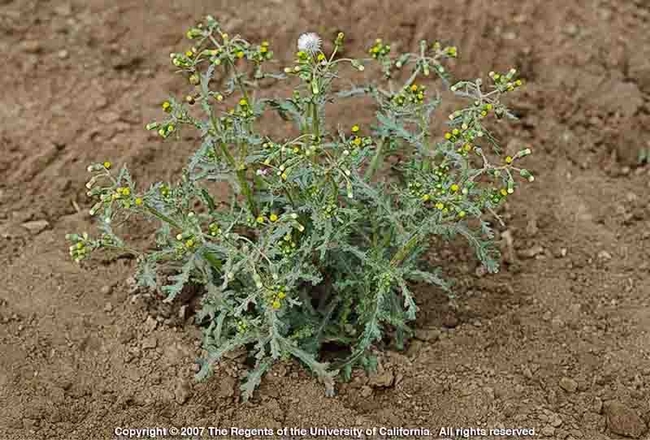
According to the Farmer's Almanac, weeds fall into three distinct categories: weeds, noxious weeds, and invasive weeds. A (basic) weed is simply a plant that causes health problems for either humans or animals (as in allergy seasons when certain grasses, seeds, or pollens are released) or causes economic losses or ecological damage, or is simply undesirable where it grows (crabgrass is a classic example). A noxious weed is any plant designated by federal, state, or local government as one which can cause injury to agriculture, wildlife, public health, recreation, or property. Noxious weeds vary from state to state and county to county (field bindweed is noxious in California). An invasive weed is a non-native that competes with natives and may crowd them out and alter ecosystems (English ivy, for example, which has also become invasive in Bidwell Park).
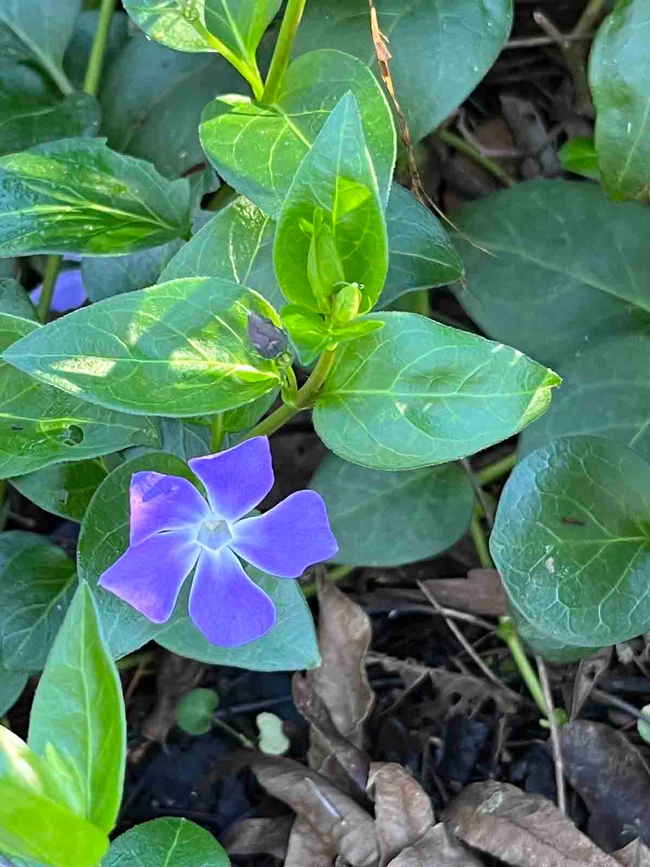
There are precautions to take that will help prevent the spread of unwanted seeds. It is important to make sure gardening tools and pots are cleaned after each use, a step that many people overlook. Immediately clean tools that have been used to remove dead or diseased leaves. If and when purchasing soil and amendments at a garden center, be sure to buy quality materials that are comprised of manure, compost, or “garden” soil that are preferably weed free. Although more expensive, selecting an amendment known to be weed free is worth the investment.
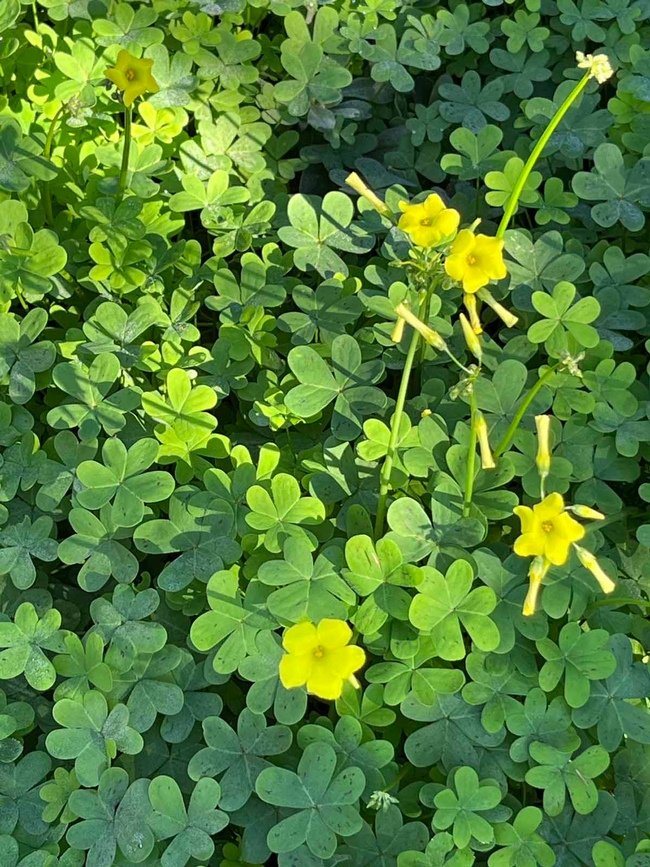
Once your plants are getting established, try to water them by hand or through a drip system. Limiting water applications to areas around your plants' roots will discourage any stray seeds from germinating nearby. Avoid over-fertilizing: over-fertilization encourages more vigorous competition with your plants from any weeds that may be present.
It may take several seasons, but by being diligent weeds can be controlled. It is especially important to remove them before they flower and produce seed. UC weed scientists counsel that “one year's seed results in seven years of weeds.”
It is also helpful to remember that in nature, weeds play an important role. They can resist conditions like drought, acidic soil, lack of humus, and mineral deficiencies. Weeds protect topsoil from eroding away in heavy rains and strong wind. They provide cover and shade for soil microbes and insects. And weeds can reveal important information about the health and pH of our soils -- for example, certain weed species are confined to acidic soils and others to alkaline. The presence of some weeds, like Curly Dock, let you know that soil in the area is frequently wet and saturated. So don't dismiss the weeds in your yard out of hand – they may have something useful to tell you!
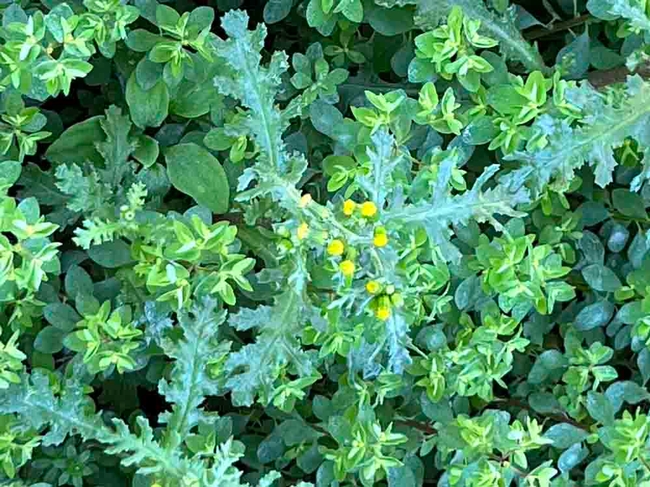
UC Master Gardeners of Butte County are part of the University of California Cooperative Extension (UCCE) system. To learn more about us and our upcoming events, and for help with gardening in our area visit our website. If you have a gardening question or problem, email the Hotline at mgbutte@ucanr.edu or leave a phone message on our Hotline at 530-552-5812. To speak to a Master Gardener about a gardening issue, or to drop by the MG office during Hotline hours, see the most current information on our Ask Us section of our website.
- Author: Kim Schwind
Every gardener knows that weeds are just plants in the wrong place. Webster's dictionary defines a weed as “a plant that is not valued where it is growing and is usually of vigorous growth; especially: one that tends to overgrow or choke out more desirable plants.”
In nature, weeds play an important role. They can resist conditions like drought, acidic soil, lack of humus, and mineral deficiencies. Weeds protect our topsoil from eroding away in heavy rains and strong wind. They provide a cover and shade for soil microbes and insects.

Many years ago various weeds were used for food and pharmaceutical products. Currently, foraging for wild foods and mushrooms has made a comeback. Weeds in the legume family fix nitrogen in the soil and are often used as a cover crop to help enrich the soil over winter. Weeds have also been used to help indicate the presence of ground water. Curly dock is a weed that's typically found in wet saturated soils.
The primary value of weeds, wrote the eminent U.S. botanist Frederick Clements in 1920, is to “reveal information about the health and pH of our soils.” For example, certain species are confined to acidic soils and others to alkaline.
The use of weeds as soil indicators is not a new idea. Many early North American immigrants to the eastern United States chose land for their farms according to the weeds, plants, and trees that it supported. Conifers were characteristic of sandy, acidic soils that had little agricultural value. Birch, beech, maple, and hemlock indicated fertile soil. They learned that the tall-grass prairies were suitable for cereals, hay, and orchards. The bunch grass regions were better suited to wheat and grass.
If we look at our own gardens we can use our weeds to tell us what we can do to improve our soil. For instance, if our lawn is being taken over by clover we can note that clover thrives with low levels of nitrogen in the soil. We can remedy the problem by applying a nitrogen fertilizer (a 16-16-16 fertilizer is a good balance for turfgrass).
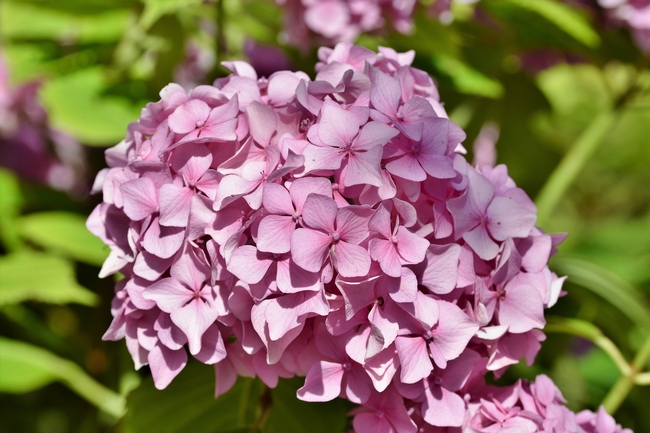
Ehrenfried E. Pfeiffer, a European scientist and student of Rudolf Steiner, wrote an entire book on this subject in the 1950's: “Weeds and What They Tell Us” (still in print). According to Pfeiffer, sorrel, plantain, horsetail, and knotweed are found in acidic soils. Dry soils with very little humus might support mustard, thistle, broom, and St. John's wort.
Sandy soils will have goldenrod, aster and toad flax. Alkaline soils support chicory, spotted spurge, sagebrush and woody aster. In heavy clay or compacted soil you might see morning glory, plantain, Bermuda grass, chickweed, and dandelion. Dandelions also indicate low calcium in the soil.
When you learn the type of soil some of these common weeds prefer you may be able to make corrections in the soil based on the information some weeds are giving you. If you really want to know, a soil analysis or at least a pH test by a local agricultural laboratory will provide factual information to accurately guide the use of soil amendments. Sometimes, improving drainage by adding well-balanced compost, organic manure, or employing cultural practices may be all that is required to improve your soil's tilth and nutrition.
Identifying the weeds in your garden can be fun! In some cases knowing what their presence indicates may help you manage your soil. Controlling weeds by hand weeding or with herbicide before they seed will reduce future populations if done consistently from year to year. One year's uncontrolled weeds can produce seven years seeds! You may even develop a new appreciation for weeds.
For more information about weeds or help identifying them see:
UC Statewide Integrated Pest Management (IPM): Weeds
UC IMP Weed Photo Gallery
UC Weed Research & Information Center
Ehrenfried E. Pfeiffer, Weeds and What They Tell Us.
If you have a gardening question or problem, call the Master Gardener Hotline at (530) 538-7201 or email mgbutte@ucanr.edu.
The UC Master Gardeners of Butte County are part of the University of California Cooperative Extension (UCCE) system, serving our community in a variety of ways, including 4H, farm advisors, and nutrition and physical activity programs. Our mission is to enhance local quality of life by bringing practical, scientifically-based knowledge directly to our community. To learn more about UCCE Butte County Master Gardeners and their upcoming events, and for help with gardening in our area, visit https://ucanr.edu/sites/bcmg/.


